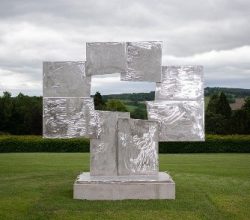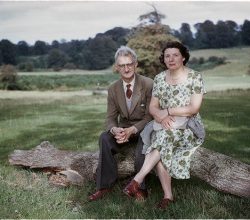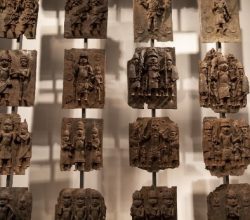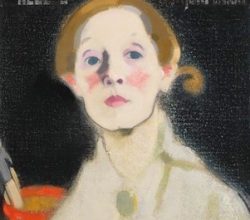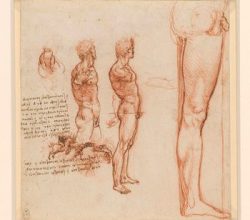
Leonardo da Vinci: A Life in Drawing
Louise Clarke | Studio International | 29th July 2019
Da Vinci’s impatience is revealed by his output – fewer than 20 completed paintings but many thousands of pages of drawings. Few projects came to fruition, so the drawings are a record of his thinking. They show what we all know – his art reflected a scientific mind. One of the last drawings he did, of an old man, also reveals his humanity: “He redraws this old man’s nose again and again no longer sure of himself.”

